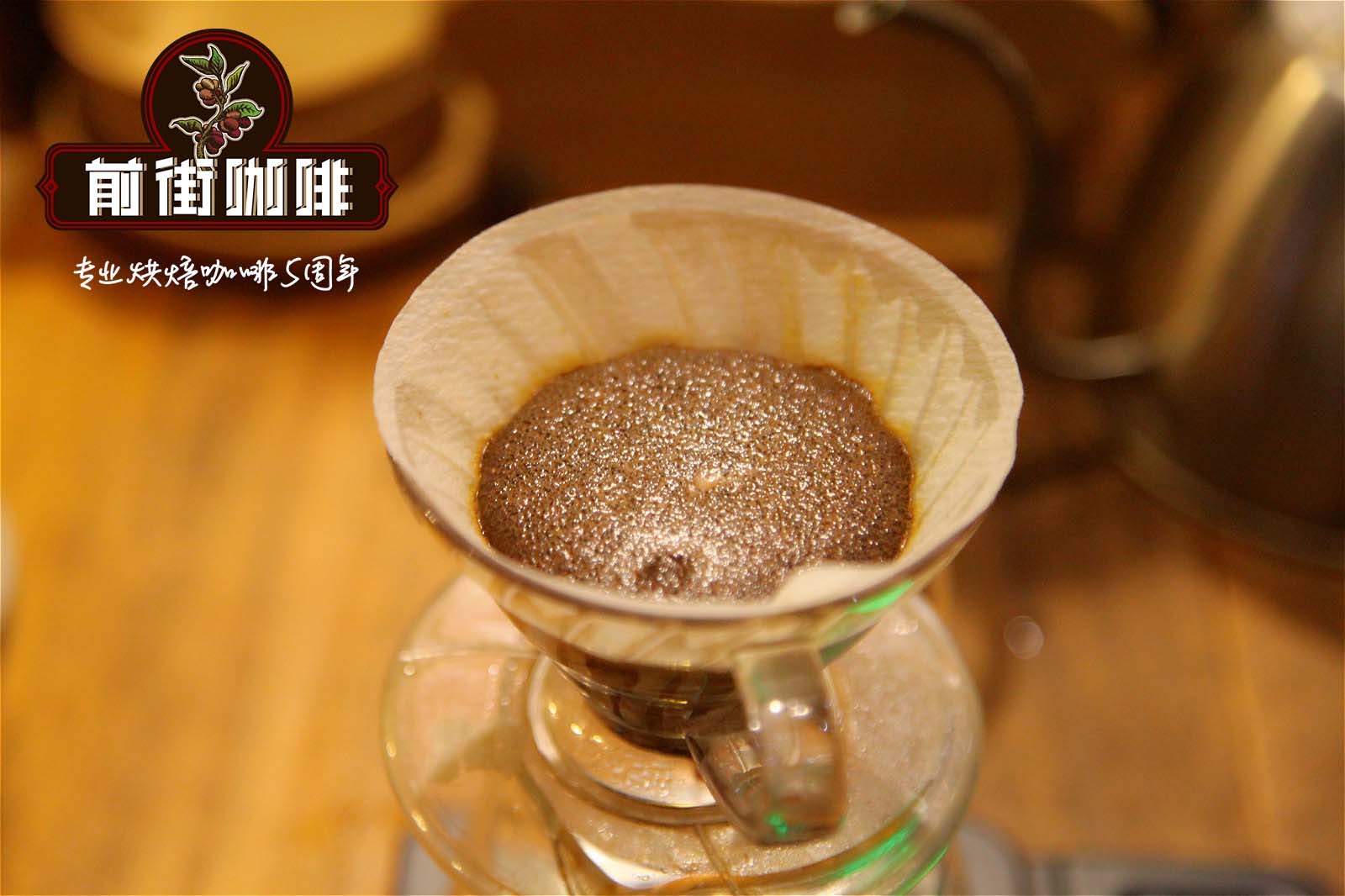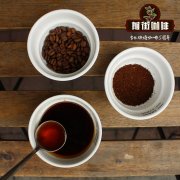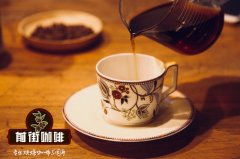South of South Minas, Brazil. Does the forest manor in the town of Camo go to peel and bask in the flavor of Kaduai?

Professional coffee knowledge exchange more coffee bean information please follow the coffee workshop (Wechat official account cafe_style)
South of South Minas, Brazil. Does the forest manor in the town of Camo go to peel and bask in the flavor of Kaduai?
Brazil is currently the world's largest coffee producer, with a total output of 48.095 billion bags, surpassing the global output of 1% of the world's total. The Brazilian Fine Coffee Association (BSCA) is committed to improving the quality of Brazilian coffee. Internationally, it helps promote good Brazilian coffee and helps Brazilian coffee farmers meet the requirements of the boutique coffee market. On the domestic side, they help farmers continue to improve their farm work and ensure better social welfare.
Coffee was first introduced to Brazil in the early 18th century and currently has 2 million hectares of land for growing coffee. The main producing areas are Sul de Minas South Minas, Matas de Minas Minas Southeast Mountain Forest, Cerrado Hirado, the north-central mausoleum of Chapadas de Minas Minas, Mogiana Mogiana, Paran á Parana and Bahia Bachia. There are both traditional varieties and variants, such as Bourbon, Mondo Novo Mondonovo, Icat ú Ikatu, Kaduai, Iapar, cultivated card Taiyi. These beans used to be treated with water, but more and more coffee uses natural drying and half-sun drying, hoping to show the different and diverse characteristics of beans, and each treatment is used in larger estates.
Pulp Natural, refers to the coffee cherry harvest, first remove the peel, and then directly sun or drying the treatment, without fermentation and the latter stage of cleaning, popular in Brazil, in recent years, we like to talk about honey treatment, in fact, also derived from the Brazilian PN method, at that time, because do not know how to translate this PN method, therefore, directly called "Brazilian peeling sun method".
Country: Brazil Brazil
Origin: southern Minas (Minas Gerais)
Manor: forest Manor
Raw bean processing method: pulped natural
Altitude: 1100 to 1200 m
Flavor description: berries, orange fruit, lemon grass, sugarcane sweet, cocoa, nuts, clean and sweet.
Qianjie recommended cooking:
Filter cup: Hario V60
Water temperature: 90 degrees
Degree of grinding: small Fuji 3.5
Cooking methods: the ratio of water to powder is 1:15, 15g powder, the first injection of 25g water, 25 s steaming, the second injection to 120g water cut off, waiting for the powder bed water to half and then water injection, slow water injection until 225g water, extraction time about 2:00
Analysis: using three-stage brewing to clarify the flavor of the front, middle and back of the coffee. Because V60 has many ribs and the drainage speed is fast, it can prolong the extraction time when the water is cut off.
Important Notice :
前街咖啡 FrontStreet Coffee has moved to new addredd:
FrontStreet Coffee Address: 315,Donghua East Road,GuangZhou
Tel:020 38364473
- Prev

Burundi | Kajanza province | what is the flavor of the micro-batch washing bourbon of the champion processing plant Jangeway?
Professional coffee knowledge exchange more coffee bean information please follow the coffee workshop (Wechat official account cafe_style) Burundi | Kajanza province | Champion processing plant Jangeway Peak micro-batch washing bourbon flavor? Cajanza province is able to produce high-quality coffee due to two main reasons: first, the climatic environment at high altitude, and second, good washing plant system and equipment. Parma.
- Next

Cauca, Colombia | White City Popayan Popayan washes Kaddura Supremo grade
Professional coffee knowledge exchange more coffee bean information please follow the coffee workshop (Wechat official account cafe_style) Cauca Province, Colombia | White City Popayan Popayan washing Kaddura Supremo flavor? Popayan, located in southwestern Colombia, was founded in 1537. Its name comes from local Indians, meaning two thatched huts. Popayan is
Related
- Detailed explanation of Jadeite planting Land in Panamanian Jadeite Manor introduction to the grading system of Jadeite competitive bidding, Red bid, Green bid and Rose Summer
- Story of Coffee planting in Brenka region of Costa Rica Stonehenge Manor anaerobic heavy honey treatment of flavor mouth
- What's on the barrel of Blue Mountain Coffee beans?
- Can American coffee also pull flowers? How to use hot American style to pull out a good-looking pattern?
- Can you make a cold extract with coffee beans? What is the right proportion for cold-extracted coffee formula?
- Indonesian PWN Gold Mandrine Coffee Origin Features Flavor How to Chong? Mandolin coffee is American.
- A brief introduction to the flavor characteristics of Brazilian yellow bourbon coffee beans
- What is the effect of different water quality on the flavor of cold-extracted coffee? What kind of water is best for brewing coffee?
- Why do you think of Rose Summer whenever you mention Panamanian coffee?
- Introduction to the characteristics of authentic blue mountain coffee bean producing areas? What is the CIB Coffee Authority in Jamaica?

